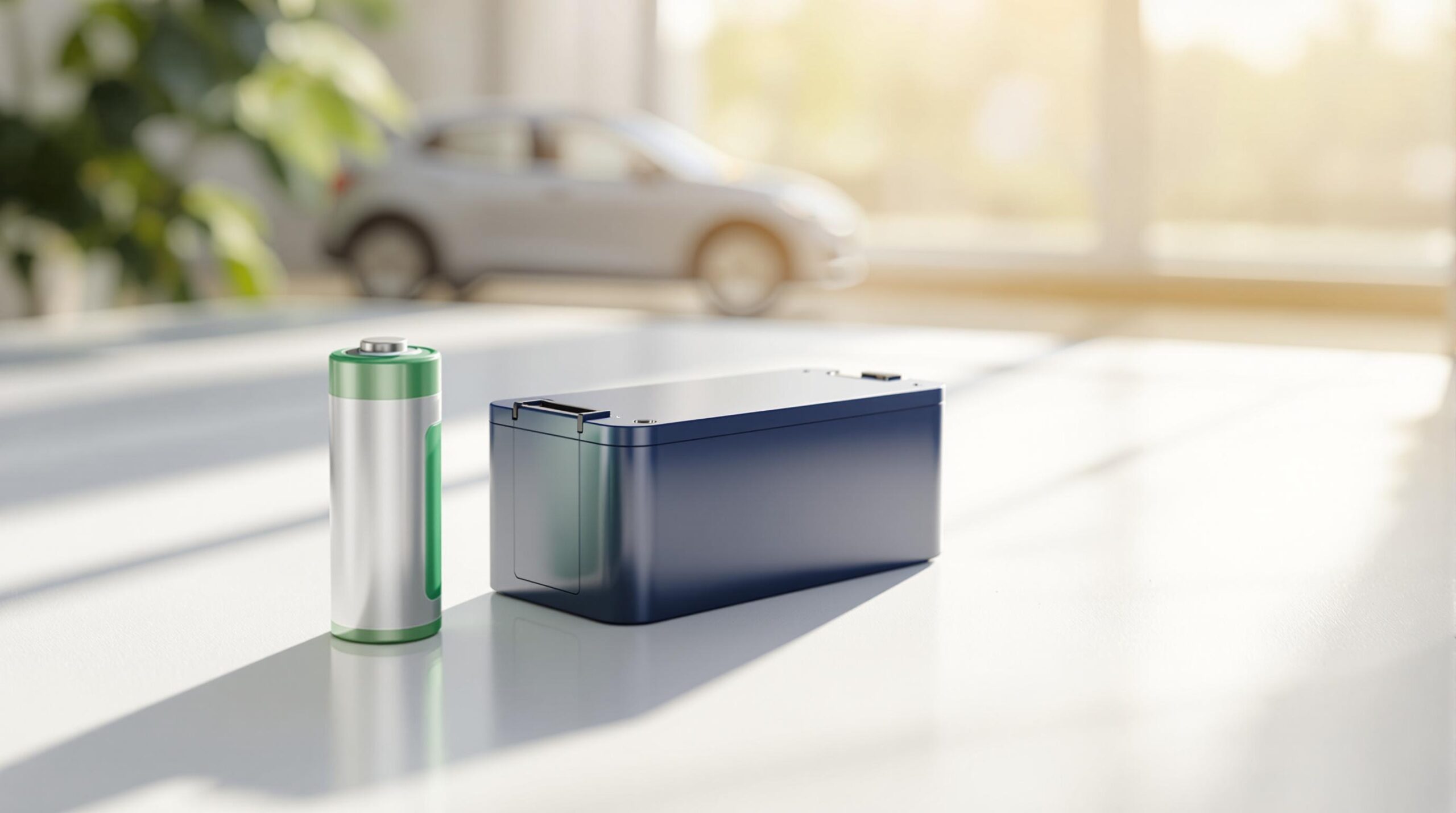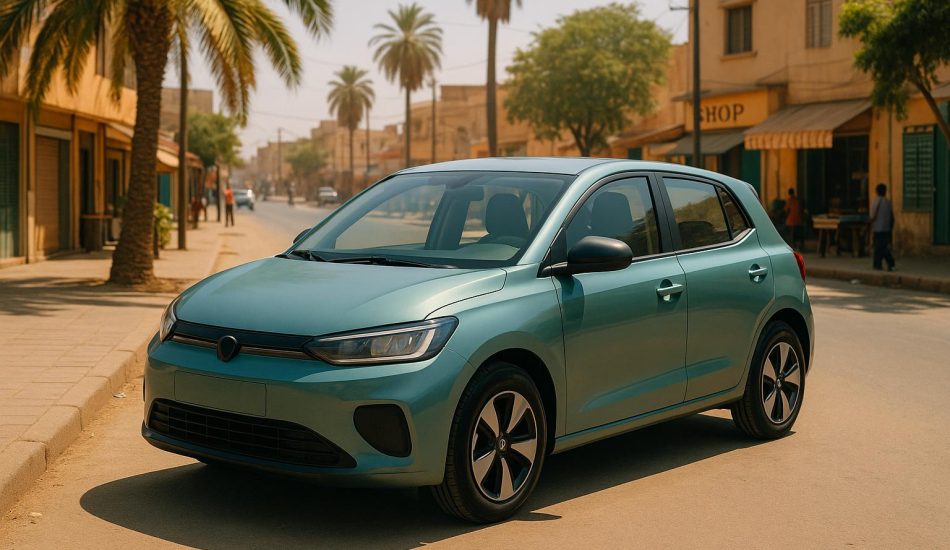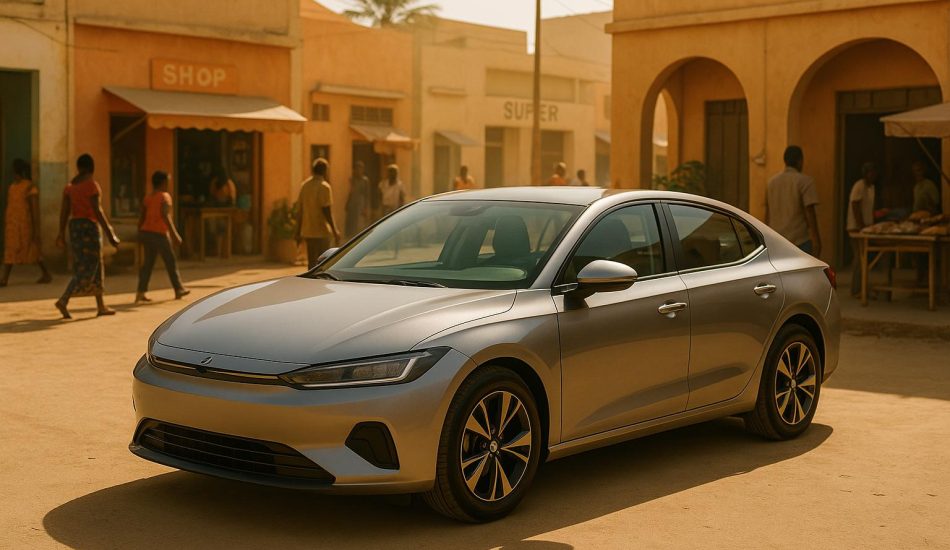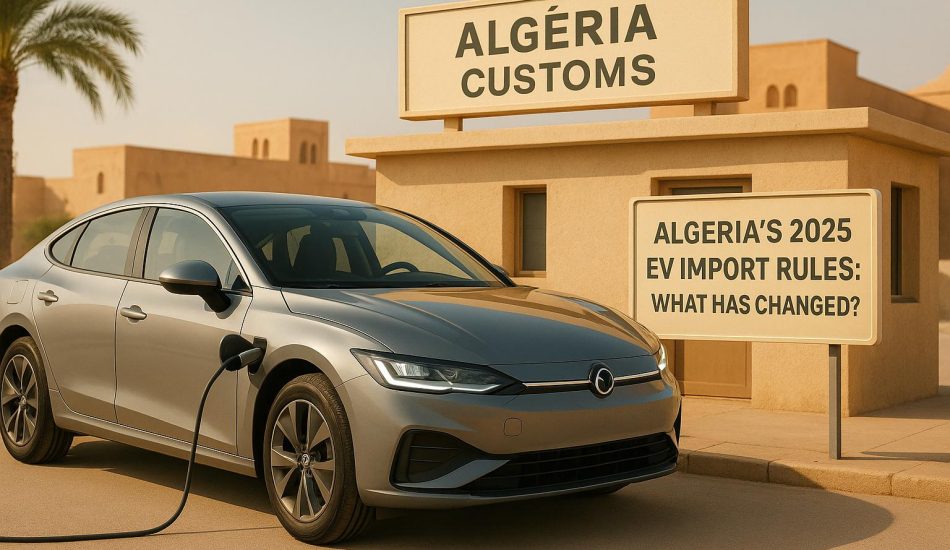
Choosing the right EV battery matters. Here’s a quick breakdown of Nickel-Metal Hydride (NiMH) and Lithium-Ion batteries to help you decide:
- Energy Density: Lithium-Ion batteries store more energy (150–265 Wh/kg) than NiMH (60–120 Wh/kg), giving EVs longer ranges.
- Cost: NiMH batteries are cheaper ($250–300/kWh) but require frequent replacements. Lithium-Ion costs more ($400–600/kWh) but lasts longer.
- Idle Power Loss: NiMH loses 20–30% charge/month; Lithium-Ion only 2–3%.
- Applications: NiMH works best for hybrids; Lithium-Ion powers full EVs with better performance and range.
- Climate Suitability: Lithium-Ion handles extreme temperatures better.
Quick Comparison
| Feature | NiMH | Lithium-Ion | Best For |
|---|---|---|---|
| Energy Density | Lower (60–120 Wh/kg) | Higher (150–265 Wh/kg) | Long-range EVs |
| Cost | $250–300/kWh | $400–600/kWh | Budget-conscious buyers |
| Idle Power Loss | 20–30% per month | 2–3% per month | Infrequent vehicle use |
| Applications | Hybrid vehicles | Full-electric vehicles | Based on vehicle type |
| Climate Suitability | Loses capacity in cold | Handles temperature extremes | Extreme weather regions |
Bottom Line: NiMH is affordable and reliable for hybrids, but Lithium-Ion offers better range, efficiency, and long-term value for full EVs.
Key Performance Metrics
Power Storage Capacity
Lithium-Ion batteries have a higher energy density compared to NiMH batteries, which directly impacts the range of electric vehicles (EVs). NiMH batteries typically offer energy densities between 60–120 Wh/kg, while modern Lithium-Ion cells deliver between 150–265 Wh/kg.
For example, a 64 kWh Lithium-Ion battery pack, like the one in the Hyundai Kona Electric, can provide a range of up to 258 miles. In contrast, a NiMH-based battery system would deliver a much shorter range because of its lower energy density. This higher energy density also positively affects other performance aspects, such as battery output.
Battery Output
The nominal voltage per cell is another key difference. Lithium-Ion cells provide about 3.6 V per cell, whereas NiMH cells only deliver around 1.2 V per cell. This means that fewer Lithium-Ion cells are required to achieve a specific system voltage.
| Battery Type | Nominal Voltage | Cells Needed for 48 V System |
|---|---|---|
| Lithium-Ion | 3.6 V per cell | 14 cells |
| NiMH | 1.2 V per cell | 40 cells |
Using fewer cells reduces internal resistance and heat generation, which improves efficiency and extends battery life. In addition to these output differences, idle performance also sets these two battery types apart.
Power Loss When Idle
Self-discharge rates vary significantly between the two technologies. NiMH batteries lose about 20% to 30% of their charge per month when idle, making them less practical for vehicles that are not used regularly or are stored for long periods. In contrast, Lithium-Ion batteries have a much lower self-discharge rate of just 2–3% per month.
This lower self-discharge rate allows Lithium-Ion-powered vehicles to retain most of their charge even after weeks of inactivity. This reduces the need for frequent recharging and helps conserve energy. It also makes Lithium-Ion batteries more reliable in areas with limited charging infrastructure.
Price and Duration
Price Comparison
The manufacturing cost of NiMH batteries is around $250–300 per kWh, whereas automotive-grade Lithium-Ion cells range from $400–600 per kWh. This price gap plays a major role in determining the upfront cost of vehicles.
For example, consider a 40 kWh battery pack:
| Battery Type | Cost per kWh | Total Pack Cost | Additional Notes |
|---|---|---|---|
| NiMH | $275 | $11,000 | Requires more frequent replacement |
| Lithium-Ion | $500 | $20,000 | Longer lifespan, better long-term value |
NiMH batteries also have a lower energy density, which means more cells are needed. This can affect efficiency and increase long-term expenses. While cost is a key factor, the overall value also depends heavily on battery lifespan.
Service Life
Lithium-Ion batteries typically retain over 80% of their capacity after 8–10 years. Brands like Tesla and BYD back this with 8-year warranties on their battery packs. In contrast, NiMH batteries tend to degrade faster, especially in high-temperature environments, leading to earlier replacements.
Although Lithium-Ion batteries come with a higher upfront cost, their extended lifespan and reduced replacement needs make them a better long-term investment.
Power Management and Weather Effects
Weather Response
Temperature plays a big role in how well EV batteries work and how long they last. For instance, NiMH batteries lose more capacity in cold weather, while lithium-ion batteries handle a wide range of temperatures better thanks to advanced thermal controls.
Parking your vehicle in a garage during extreme weather can help maintain battery efficiency and extend its life.
sbb-itb-99e19e3
Comparing Toyota Lithium-Ion vs Nickel-Metal Hydride …
EV Battery Applications
Battery chemistry plays a key role in determining how electric vehicle (EV) batteries perform and what they cost. Let’s take a closer look at how different battery types fit specific vehicle needs.
Hybrid Cars and NiMH
Nickel-Metal Hydride (NiMH) batteries work well in hybrid electric vehicles (HEVs). They’re reliable, cost-effective, and can handle frequent charging and discharging cycles. This makes them particularly suitable for city driving, where hybrids rely on smaller battery packs alongside traditional gasoline engines.
Full EVs and Lithium-Ion
Lithium-ion batteries are the go-to choice for fully electric vehicles (BEVs). Their high energy density and ability to support longer driving ranges make them ideal for this market. For example, in March 2025, EV24.africa highlighted models like the ZEEKR 009 (range: 822 km, price: $85,000), BYD TANG EV 2024 (range: 730 km, price: $34,700), and GEELY PANDA MINI BASE (range: 120 km, price: $5,880) [1]. These examples show how lithium-ion technology supports a variety of BEVs, with many now offering ranges exceeding 400 km per charge.
Battery Selection Guide
This guide breaks down technical differences into practical advice for choosing the right battery for your EV. Here’s a quick comparison to help you decide:
| Feature | NiMH | Lithium‐Ion | Ideal For |
|---|---|---|---|
| Energy Density | Lower | Higher | Long‐range EVs |
| Cost | Lower cost | Higher initial cost | Budget-conscious buyers (NiMH) |
| Vehicle Type | Hybrid vehicles | Full electric vehicles | Based on vehicle requirements |
The battery you choose directly impacts your EV’s performance and suitability for different driving conditions. NiMH batteries are a reliable and affordable option for city driving with frequent stops. On the other hand, lithium-ion batteries are better suited for full electric vehicles, especially if range is a top priority.
When making your decision, keep these factors in mind:
- Your daily driving habits
- The climate in your area
- Upfront versus long-term costs
- Whether you need a hybrid or a full electric setup
If you’re browsing EV options on EV24.africa, you’ll find detailed battery specs for each model. This makes it easier to match the right battery type to your driving needs, ensuring you make a well-informed choice.




